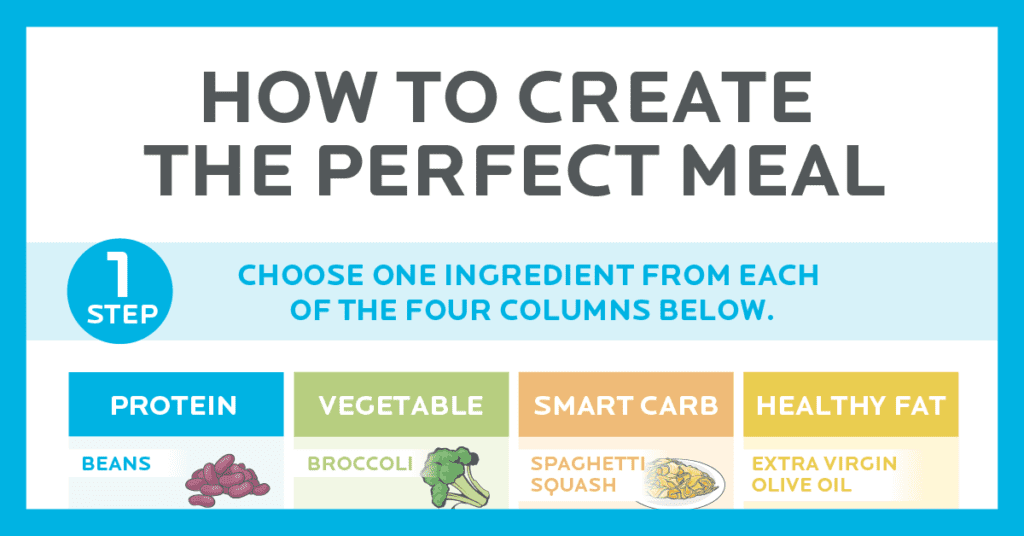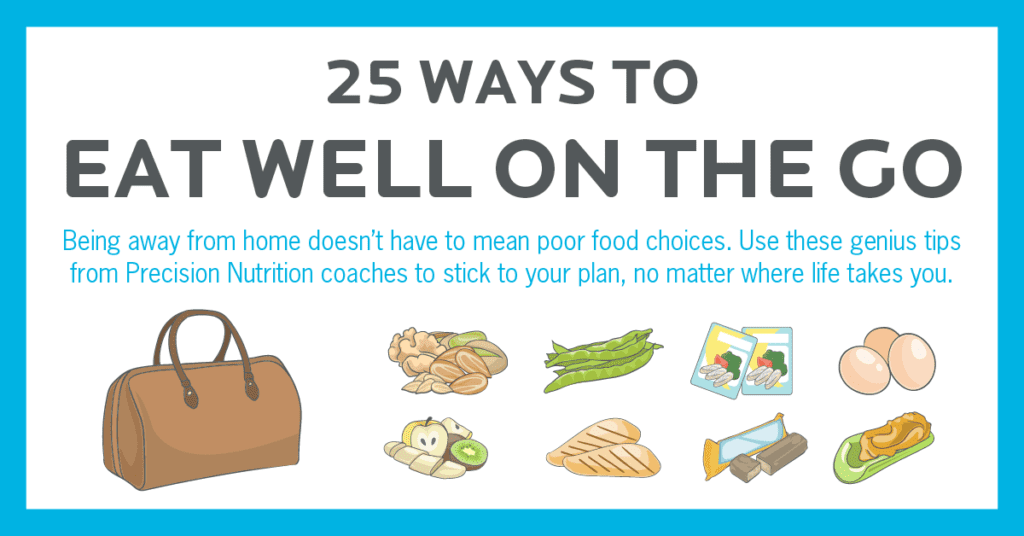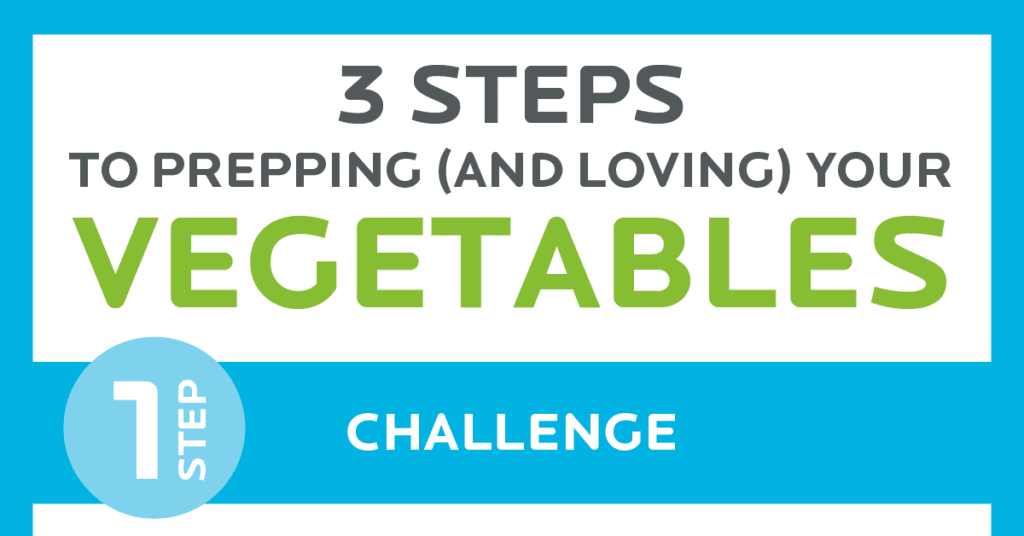This easy-to-use visual guide shows you how to make healthier nutrition choices, and determine the best foods for your body, goals, and taste buds. In fact, our simple three-step process helps you create a customized healthy-eating menu in just a matter of minutes. And the best part: Nothing’s off limits.
++++
“What foods should I eat?”
It’s a question we hear often. Sometimes in desperation.
Not because of the easy choices—spinach, duh!—but because of the not-so-obvious ones that cause confusion.
Foods that have been demonized then celebrated. Or celebrated then demonized. Or that come in so many forms it feels impossible to know the best choice.
Over and over, we’re asked:
- Are potatoes good or bad?
- What about eggs?
- Can I eat pasta?
- Is cheese okay?
- Do I have to live without bacon? (We told you about the desperation.)
To add to the confusion, it’s not always obvious how to classify a food. Is it mostly protein? A carbohydrate? A fat? Many people know to eat a mix of these macronutrients, yet aren’t sure how that looks in “real food”. The result: more questions.
That’s why we created this handy, visual food guide. It’s designed to help you make healthier choices, no matter your knowledge of nutrition.
But don’t expect a list of “approved” and “off-limits” foods. Instead, we like to think of foods on a spectrum from “eat more” to “eat some” to “eat less”.
This approach promotes one of the most crucial philosophies that runs through our nutrition coaching method: Progress, not perfection.
Use our continuums to make choices that are “just a little bit better,” whether you’re eating at home, dining out with friends, or dealing with banquet buffets on a work trip.
Plus, learn how to:
- Incorporate a mix of proteins, vegetables, carbohydrates, and fat.
- Strategically improve your food choices—based on where you are right now—to feel, move, and look better.
- Customize your intake for your individual lifestyle and (of course) taste buds.
As a bonus, we’ve even provided you space to create your own personal continuum. That way, you can build a delicious menu of healthy foods that are right for you—no questions asked. (And if you want a FREE nutrition plan that’s personalized for your body, goals, and lifestyle, check out the Precision Nutrition Calculator.)
Download this infographic for your tablet or printer and use the step-by-step process to decide which foods are right for you (or your clients).

Download the tablet or printer version of this infographic to discover your own personal “eat more,” “eat some,” and “eat less” foods (or, if you’re a coach, to help your clients).
If you’re a coach, or you want to be…
You can help people build sustainable nutrition and lifestyle habits that will significantly improve their physical and mental health—while you make a great living doing what you love. We'll show you how.
If you’d like to learn more, consider the PN Level 1 Nutrition Coaching Certification. (You can enroll now at a big discount.)



Share